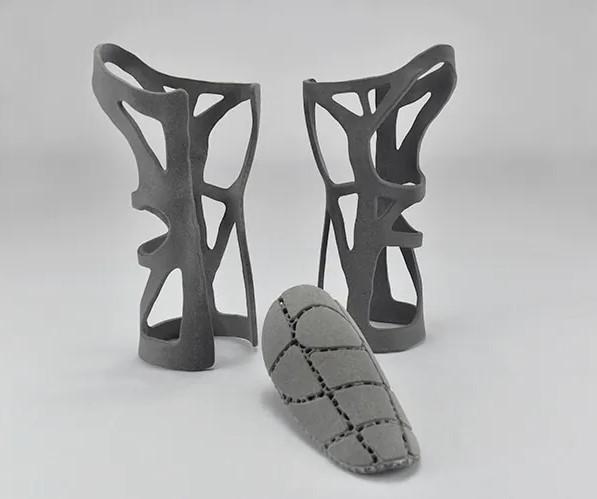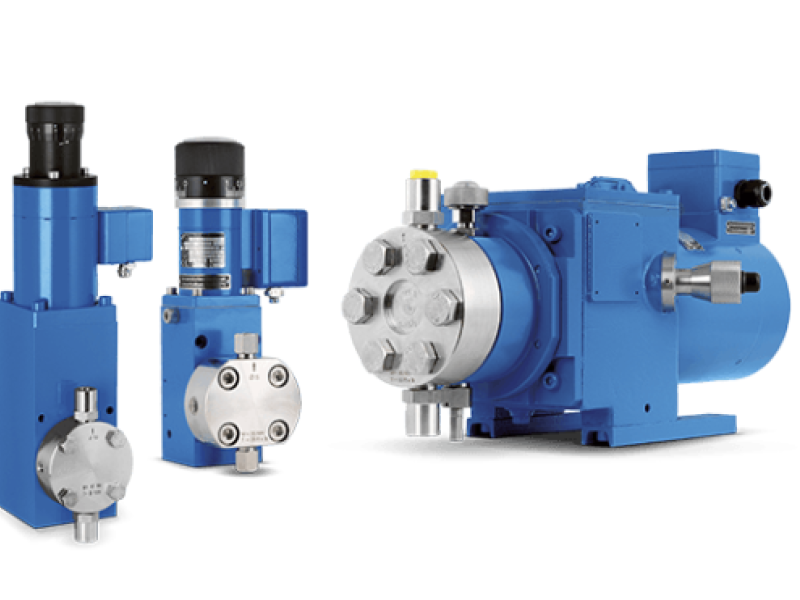Sculpteo, has just published the 8th edition of The State of 3D Printing Report, its annual global survey conducted to provide the additive manufacturing insight required to inform and improve business strategies. As part of its mission of environmental responsibility, 3D printing attempts to meet manufacturing needs by replacing traditional production resources whenever and wherever the opportunity arises.
Every year, Sculpteo gathers additive manufacturing industry data, which it then analyses to highlight key trends in this fast-growing industry. This year's report is international in scope, with the majority of respondents based in Europe (63%) and the USA (23%). The main users of 3D printers today are senior managers, engineers and designers. The survey results reveal an increasing level of maturity across industry, with 39% of users having between 1 and 5 years of experience in additive manufacturing, while 27% use the technology daily. The industry currently making the greatest use of 3D is consumer goods (14%), followed by industrial goods (13%) and education (11%).
Alexandre d'Orsetti is CEO at Sculpteo: “This year, we decided to highlight a major issue of concern to all sectors of industry, and something we see as a major challenge ourselves: sustainability. I’m delighted to say that this technology has a very bright future, and proud to be able to make my own contribution to the future of 3D printing.”
3D printing is becoming more mainstream in the production of finished parts
3D printing is now considered as a genuine production tool in its own right. Although it primarily intended for R&D and prototyping, 40% of Power Users are using it for short series production runs, and up to 18% for mass production. The results also reveal that 47% of respondents use 3D printing to produce mechanical parts, while 28% use it to produce consumer goods. This level of growth in 3D printing is clear evidence of the progress now being made in terms of technologies, materials and post-processing solutions.
The role of 3D printing in helping companies achieve sustainability
Of the companies surveyed, 40% are looking for more sustainable methods and materials to use in manufacturing their products. 41% say that 3D printing is helping them to achieve their sustainability goals. Another pretty impactful figure also emerges from this report: 61% of manufacturers believe that the great benefit of 3D printing lies in the ability to produce on demand. This benefit avoids the efforts and constraints involved in manufacturing a product that may not ultimately be sold.
3D printing also avoids the need for a multitude of different resources, because it avoids the inevitability of using multiple materials to manufacture certain products using traditional techniques. This need to use more than one material runs contrary to achieving process sustainability. The majority of manufacturers believe that 3D printing helps them implement their sustainability policies by removing the need to carry inventory on site.
A clear focus on innovation and adaptability
Additive manufacturing has the ability to fulfill all product customization needs. In fact, 84% of respondents are optimistic about the future potential of additive manufacturing. When questioned about the potential of 3D printing going forward, 58% of respondents showed themselves to be very optimistic that it will play a significant role in manufacturing, business and personal lives. 26% of respondents felt that 3D printing will impact only manufacturing and business. The flexibility and new innovation opportunities offered by 3D printing have the potential to completely change the rules of manufacturing.
Unleashing the potential of 3D printing and its reliability
Respondents see materials reliability and sustainability as priority goals. 61% of respondents say that on-demand manufacturing is the most reliable and sustainable benefit delivered by 3D printing. 47% of users say that 3D printing reduces the need to use multiple resources, because some designs are impossible to achieve using traditional techniques. According to the results set out in this report, 59% of users want to be able to use more sustainable materials. This demand is being driven by the increasing number of bio-based materials that have been introduced in recent years. According to users, the three aspects of 3D printing reliability and sustainability that most need to be improved are: the availability of more options for recycling printed objects, the development of more sustainable materials, and greater progress in the reuse of powder using technologies like SLS.






